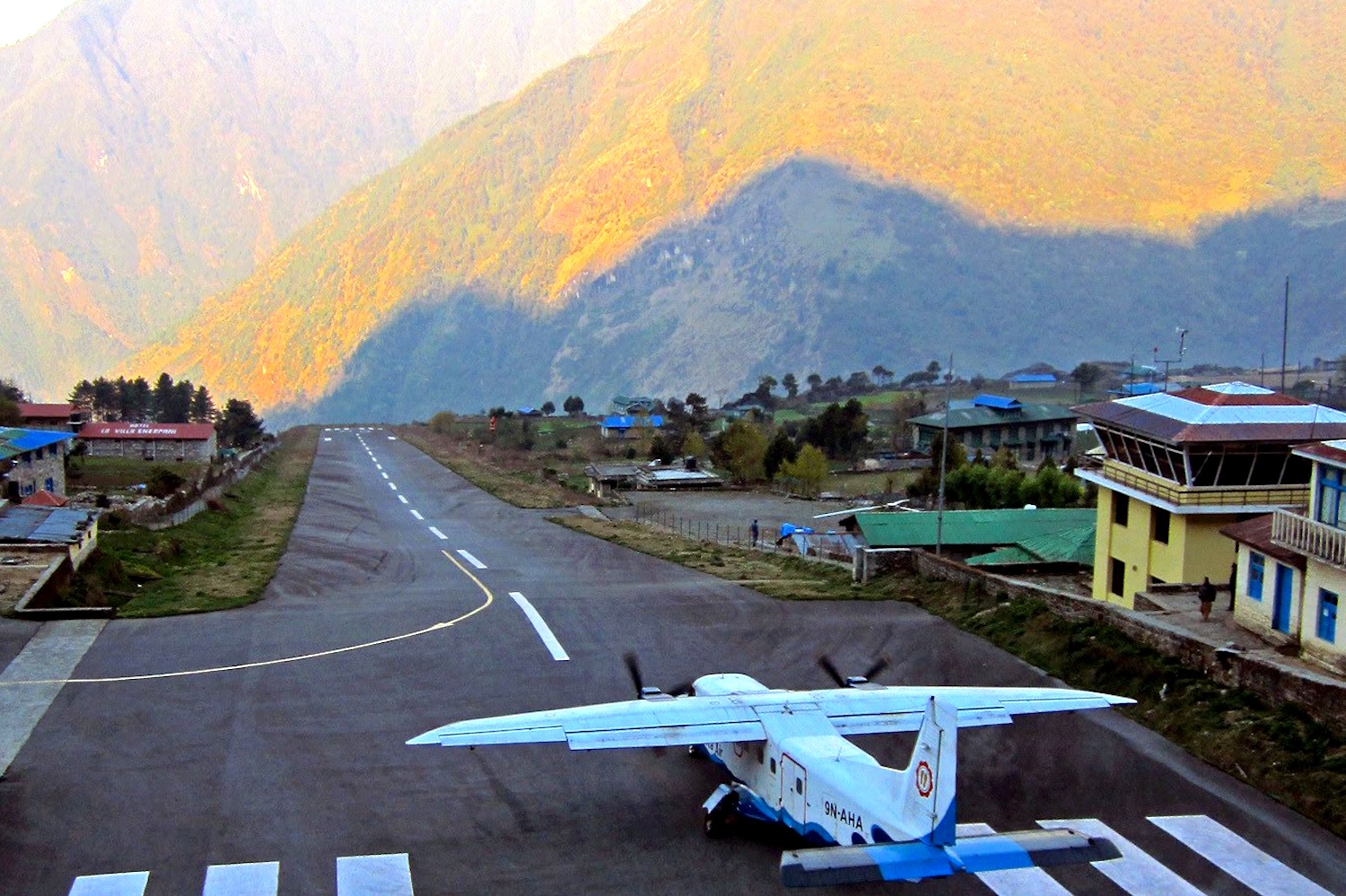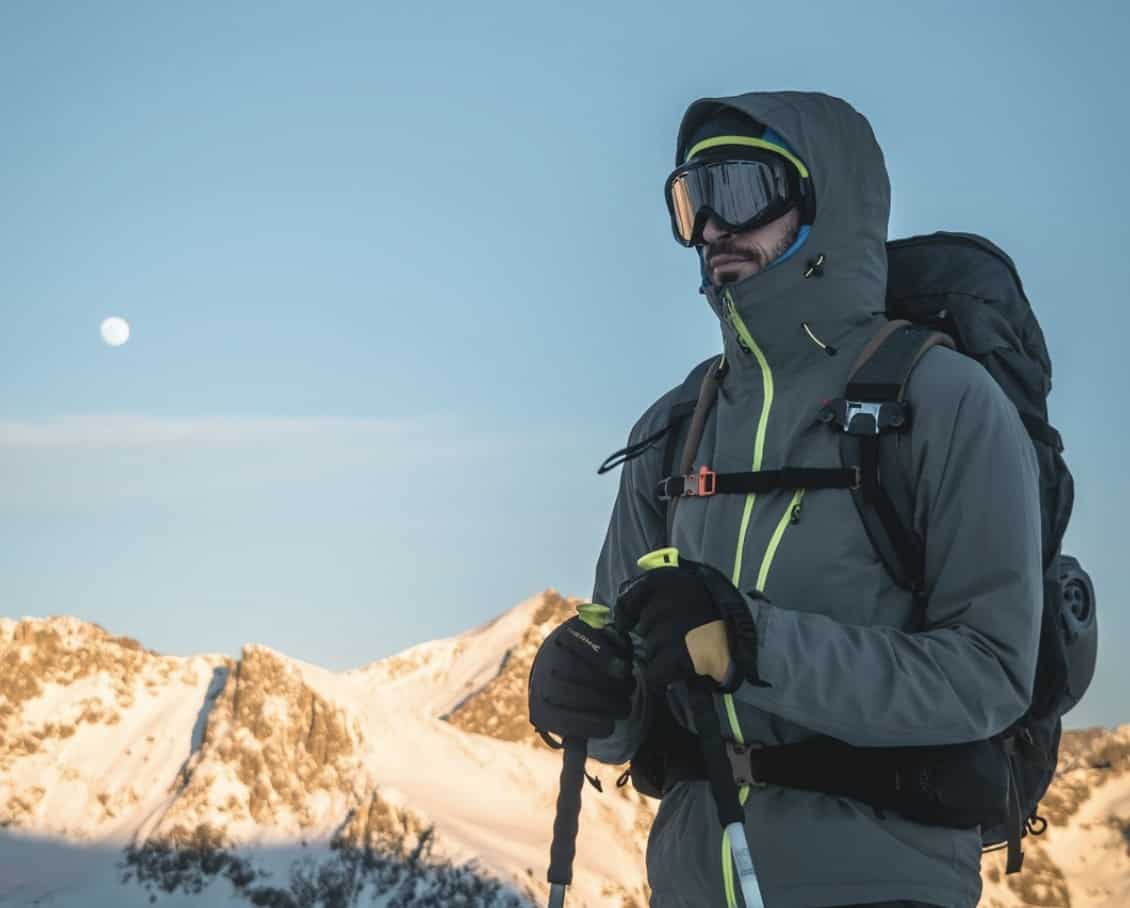These Affordable Amazon Snow Boots Are Suddenly Everywhere — Here’s Why Shoppers Keep Buying Them
Dec 9, 2025World’s Most Dangerous Airport ‘Perched Precariously’ On Deadly Mountain
- Jan 21, 2024
- 0 Comments
523

We’ve long been on the lookout for some of the travel industry’s bests and worst. Take this business class layout with “coffin seats” or this first-class meal choice as prime examples. This week, however, we’ve uncovered a contender for the world’s most dangerous airport…
As reported by Forbes, more than 300 people have sadly lost their lives over the years during attempts to conquer Mount Everest… However, it turns out that there’s one especially perilous aspect to this journey that takes place long before reaching base camp.
WATCH: How A Nigerian Fraudster Sold A Fake Airport To Japan For $375 Million
The first step of this treacherous journey is landing in the remote Himalayan village of Lukla, perched amongst the majestic if somewhat terrifying mountains, over 9,000 feet above sea level. By far the fastest and easiest way to reach Lukla is by air — trekking there takes several gruelling days — but this route brings a heap of potential danger with it.
Daily flights shuttle visitors between Kathmandu and Lukla in what is usually a short and scenic 30-minute journey across the mountain range. However, the stark differences between the two airports involved can quickly become all too apparent…
Lukla Airport, now officially known as Tenzin-Hillary Airport, encapsulates pretty much every conceivable danger you could imagine. While various airports around the world present a whole range of logistical challenges, Lukla effectively combines them all in one tiny, terrifying package. Nestled high in the Himalayas, though it may not be the world’s highest civilian airport, its altitude creates massive complications for pilots.
Lukla’s short runway is perched precariously on a mountain shelf, surrounded by steep, mountainous terrain on all sides. At one end lies a formidable wall that confronts the plane’s pointy end, providing the best possible motivation for a swift, hard stop that we’ve ever seen. Meanwhile, the opposite end plunges steeply into the valley below, encouraging quick, flawless take offs.
To complicate things further, reduced air density affects engine performance, reducing lift and making it harder to decelerate. The runway itself is only 1,729 feet long — compared to over 10,000 feet at most major metropolitan airports — and features a steep 12% gradient. Limited maneuverability thanks to surrounding mountains leaves no room for missed approaches, so only helicopters and small propeller planes are allowed to land.
Adding one final layer of difficulty, the Himalayan weather is notoriously unpredictable, with mist, fog, rainstorms, or snowstorms liable to descend at any moment. Lukla’s weather can differ significantly from Kathmandu, often changing dramatically over the course of a single short flight. Afternoons, in particular, are prone to cloud cover, leading to flight cancellations, turbulence, and reduced visibility.
As an unfortunate result of all this, the airport’s safety record is far from crystal clear, with a list of incidents that climbs into double figures, some of which were even caught on camera. Among the most tragic of these was the 2008 Yeti Airlines Flight 103 crash, wherein heavy fog during the final approach led to a total loss of visual contact with the runway, a massive crash, and all 16 passengers along with two crew members perishing. Miraculously, the pilot survived.
In response to these numerous challenges, the Civil Aviation Authority of Nepal has rolled out strict standards for Lukla-bound pilots, requiring extensive experience and additional training before flying the route. Furthermore, a technical study is underway to assess the feasibility of a 100-foot runway extension and construction of a new helipad to enhance passenger capacity.
Whether or not these would tempt you to take the journey is very much up for debate. I’ll be waiting in the airport lounge if you need me…
Publisher: Source link







